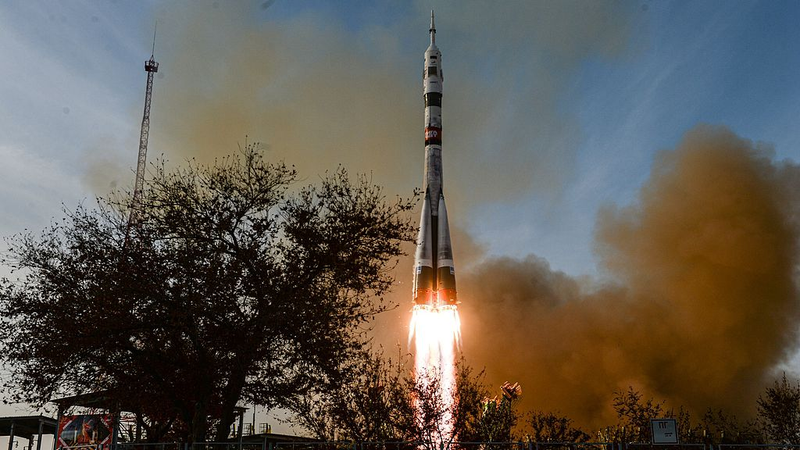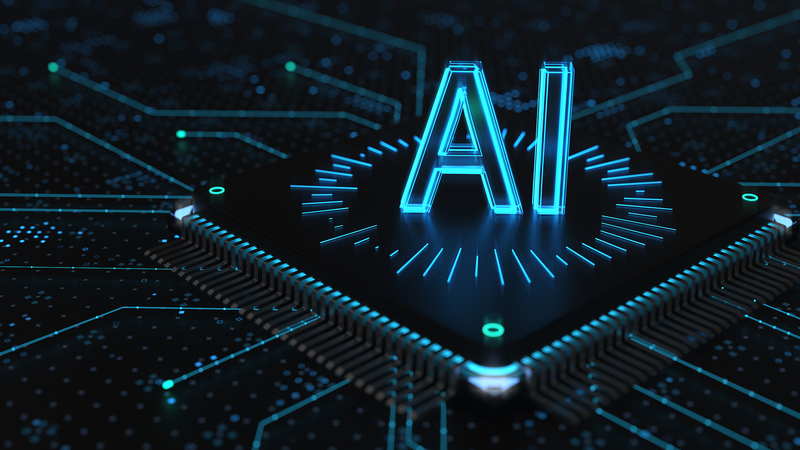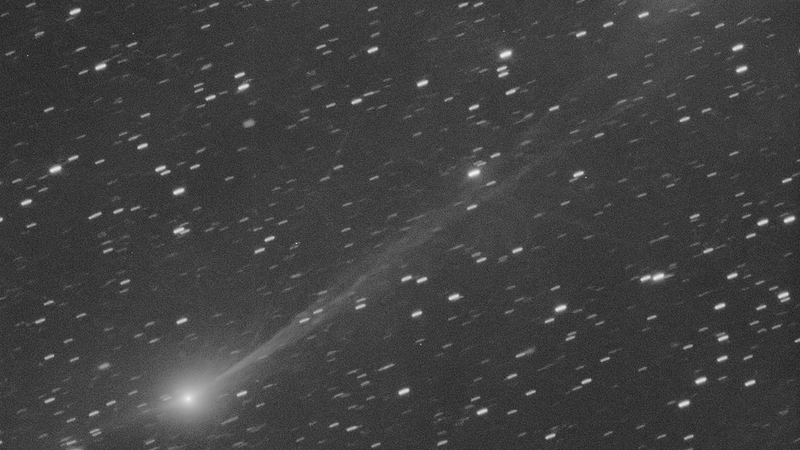Yesterday, Roscosmos launched the Soyuz MS-28 spacecraft atop a Soyuz-2.1a rocket from Baikonur Cosmodrome, Kazakhstan, carrying a three-person crew to the International Space Station (ISS).
Lift-off occurred at 12:28 p.m. Moscow time on November 27. Commander Sergei Kud-Sverchkov, on his second spaceflight, led the mission alongside first-time fliers cosmonaut Sergei Mikayev and NASA astronaut Christopher Williams.
This morning at 7:34 a.m. EST, the spacecraft docked with the station’s Rassvet module, marking the crew’s arrival on board. After opening the hatches, they will begin a 242-day mission packed with over 40 experiments.
AI Meets Orbit
For the first time aboard the ISS, the team will integrate GigaChat, a generative AI platform developed by Russia’s Sberbank. According to Albert Efimov, vice president of Sberbank, GigaChat will streamline report generation, database management, and day-to-day tasks—freeing up more time for hands-on research.
Research Highlights
- Sun-Terahertz Installation: An April 2026 spacewalk will install a new Sun-Terahertz instrument designed to improve forecasts of solar flares and protect satellites and power grids.
- Zarya Maintenance: A second spacewalk in June 2026 will focus on servicing the Zarya module and replacing aged components to ensure long-term station upkeep.
- Fruit Fly Studies: Descendants of fruit flies from the Bion-M No.2 biosatellite will ride along to study multigenerational effects of microgravity, offering insights into genetics and human health in space.
As the ISS community embraces AI tools and cutting-edge experiments, the Soyuz MS-28 mission signals a shift toward more autonomous, data-driven space exploration. Follow along as the crew adapts to life in orbit and pushes the boundaries of research until their return in summer 2026.
Reference(s):
cgtn.com




